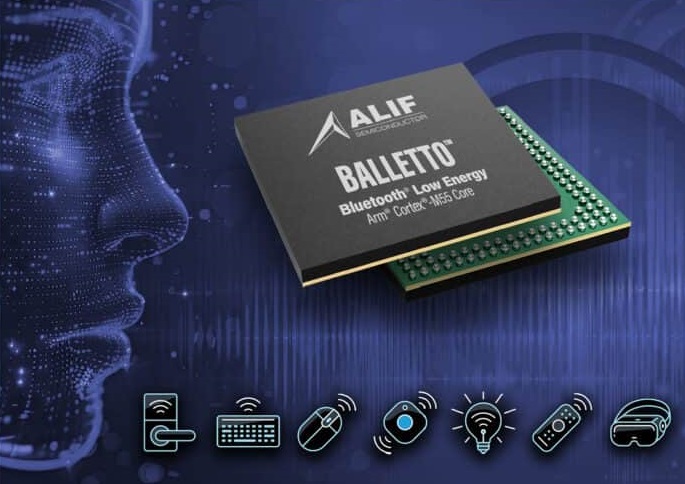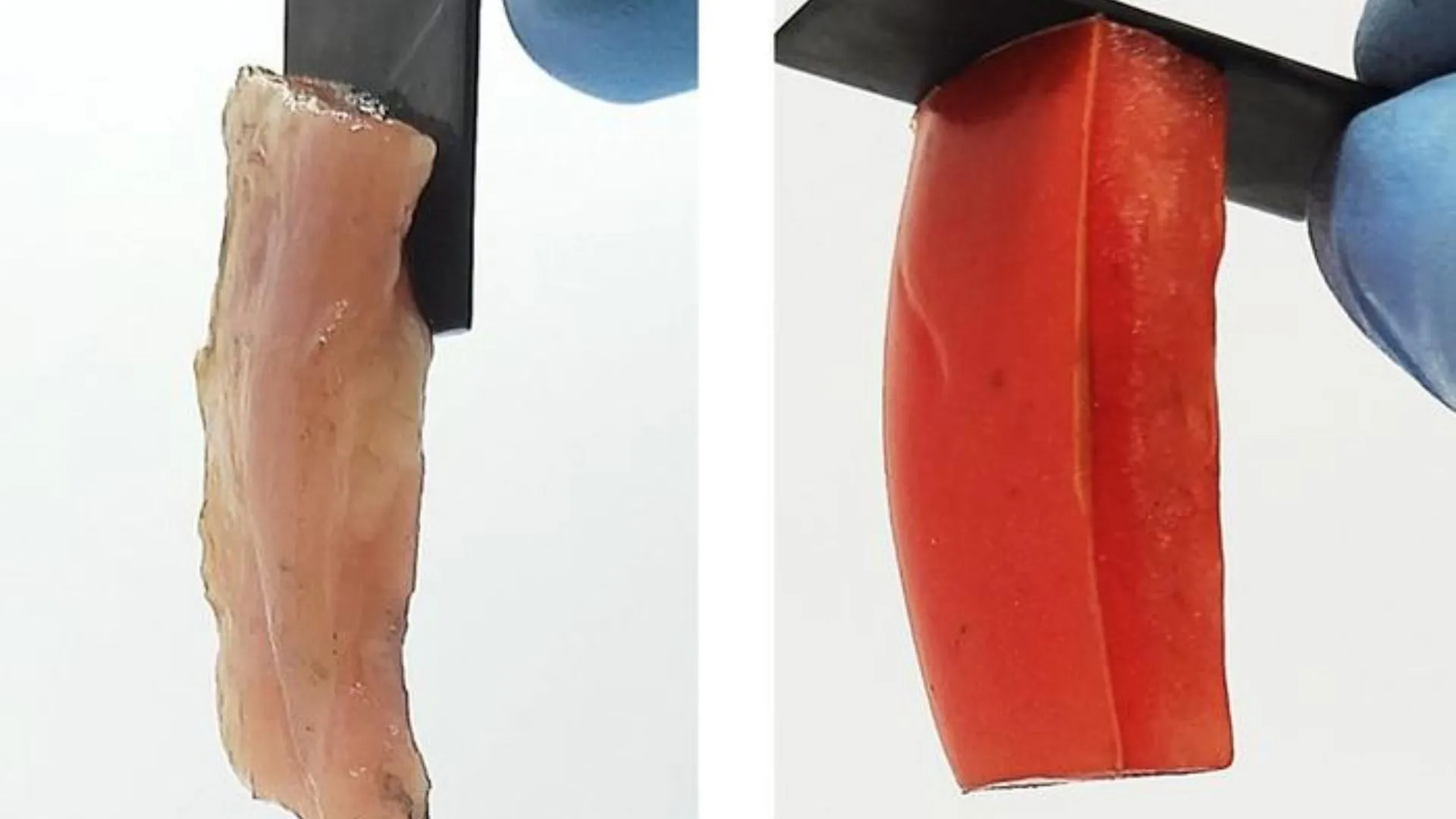Alif Semiconductor recently announced the launch of the Balletto family, claimed as the world’s first Bluetooth Low Energy (BLE) wireless microcontroller (MCU), featuring hardware optimization for AI/ML workloads. This device is housed in a WLCSP package.
The MCU allows the implementation of sophisticated AI/ML functions such as speech recognition, adaptive noise cancellation, vocal targeting, beam forming in TWS earbuds, sensor fusion in wristbands, and a variety of space-constrained devices.
The heart of Balletto is the Cortex-M55 CPU, which the company is claiming an EEMBC CoreMark score of 704 at 160MHz. The company also used the Arm Helium M-profile vector extension in the processor to deliver a significant 500% increase in DSP performance.
With 2Mbyte of tightly-coupled memory and a processing power of 46Gop/s, the Ethos-U55 neural processor of Balletto excels in audio encoding-decoding tasks, including support for the LC3 used in BLE Auracast audio technology.
In addition, Balletto also supports concurrent operation of Bluetooth LE 5.3 and Thread through a single on-chip antenna, making the microcontroller well-suited for applications in home automation networks and systems that adhere to the Matter protocol.
To provide flexibility for optimizing range or power consumption based on specific requirements, the device not only offers a receive sensitivity of -101dBm but also dual power amplifiers to help interference avoidance from other devices and existence with the other protocols also sharing the 2.4GHz frequency band.
Built with the state-of-the-art multi-layered security fabric first introduced in Alif Semiconductors’ Ensemble family of MCUs and fusion processors, it is governed by an advanced secure enclave with its dedicated processor and memory.
Therefore, Balletto features a lot of advanced features to improve its security and connectivity, including a secure enclave with a dedicated processor and memory for root-of-trust and chain-of-custody functions, a camera interface, a MIPI display interface, and a 2D GPU for graphics processing.
There are also digital interfaces such as I3C, Octal SPI, 480Mbit/s USB, twin CAN-FD channels, and Octal SPI. For analog signals, there are ADCs including a 24bit ΣΔ and a DAC. Besides, analog signal processing components like ADCs and DACs can help expand the device’s versatility and compatibility with various applications.







